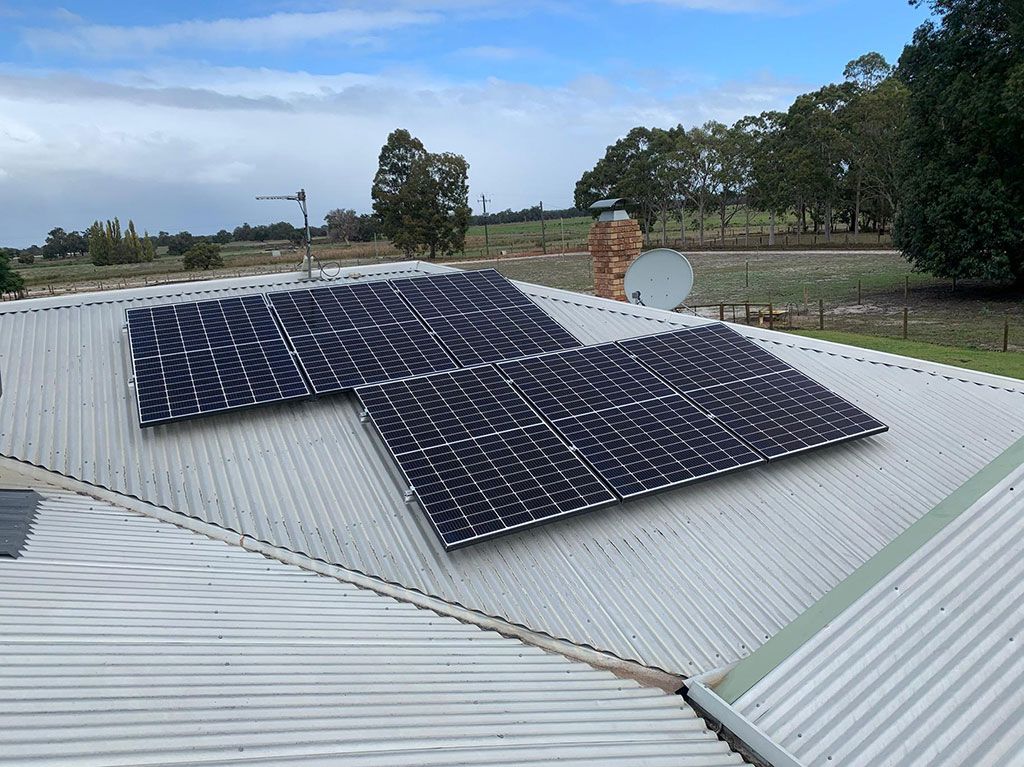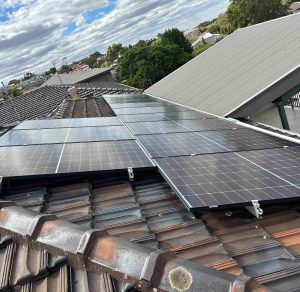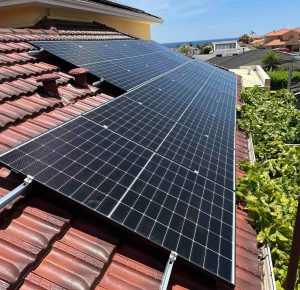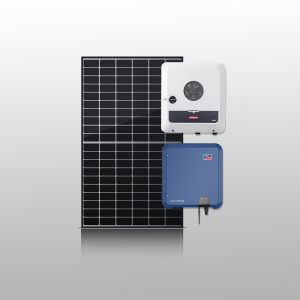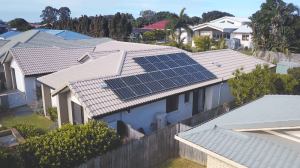How to Improve Solar Efficiency? Your solar panels will generate more electricity during peak sun hours. Solar panels will not provide you with all the electricity you need to run your home, so you will have an electricity bill to pay. However, adapting your household routine to get the most out of your panels will help you keep the bill to a minimum.
This is to ensure that you are making the most of the free electricity that the solar panels are generating. It may mean you need to change your routines and plan ahead. For example, using your washing machine or dishwasher during the day rather than in the evening.
Solar photovoltaic panels convert the energy in sunlight into electricity, and this is effectively free electricity that can be used in your house. The electricity either gets used up when you use electrical items at home or is sent (exported) to the National Grid if it’s not used up straight away.
There will be times when you’re using more electricity than the panels are producing. Especially on overcast days or on dark evenings. At these times the extra electricity will be imported from the grid, as it was before you had the panels. This will be charged for it by your energy supplier at the normal rate.
How much energy does a solar system produces
A typical household array of solar panels is rated at around 3000 Watts (3000W or 3 kilowatts). This means that while the sun is shining on them they will produce around 3000W of electricity. This will continue as long as the panels face more or less south and are tilted at the right angle to receive the most sunlight and the panels aren’t shaded by a tree, building, etc. On a cloudy afternoon in December, of course, that output might be nearer to 200W.
And let’s assume your solar panels are generating a steady 1000W (1kW). Of this, 100W will be used by the fridge (though not continuously since it switches itself on and off during the day) which leaves 900W for other appliances. So based on the ratings above you could use your 750W microwave for free and still have 150W available to run lower-power appliances, such as lights. Obviously, you can’t run a 2500W washing machine with only 900W, so you’d pay for the extra 1600W that you need and that the solar panels can’t generate.
Use one major appliance at a time during daylight hours.
It follows that you should stagger the use of high-wattage appliances to make the most of the free electricity available. This might mean waiting for your washing machine to finish running the dishwasher, not at the same time. Also, different types of appliances use different amounts of electricity so it’s difficult to say exactly what you can use for free.
Households who are home during the day can take easier advantage of the free electricity than those who are only at home on the mornings and evenings
In these situations, inbuilt delay-start timers for appliances such as washing machines can be useful or using a slow cooker for your evening meal rather than the electric hob.
If you own your home and have the money to invest, you could also explore installing battery storage.
Inverter display
A display on your inverter (circled in the photo below) will inform you how much electricity is being generated. The inverter is there to convert the electricity generated by the solar panels from direct current (DC) into alternating current (AC), a form that your household appliances can use.
If you know how much your appliances use you’ll be able to look at your inverter and then choose what you should run in order to make the most of the free electricity being produced. But remember that what you read on your inverter display shows the output at that particular moment in time; this may quickly change according to weather conditions.
It may be worth making a note of the power rating of your appliances (e.g. laptop, 150W; hairdryer, 1300W) and keeping it next to your inverter display to help you make quick decisions about what appliance you want to use.
However, the inverter may be installed in out-of-the-way places like the loft. If this is the case it’s worth thinking about buying a solar energy monitor that you can put in a more convenient place. These cost around £75-£100.
Some models are straightforward to install but others may need to be fitted by a professional electrician. You can even have your system connected remotely to your computer, allowing you to monitor your panels over time. If you don’t own the solar panels, check with whoever does that it is OK for you to fit a monitor.
Related article:
Points to consider when upgrading your rooftop solar system
Get the right solar system quotation for your home or business

